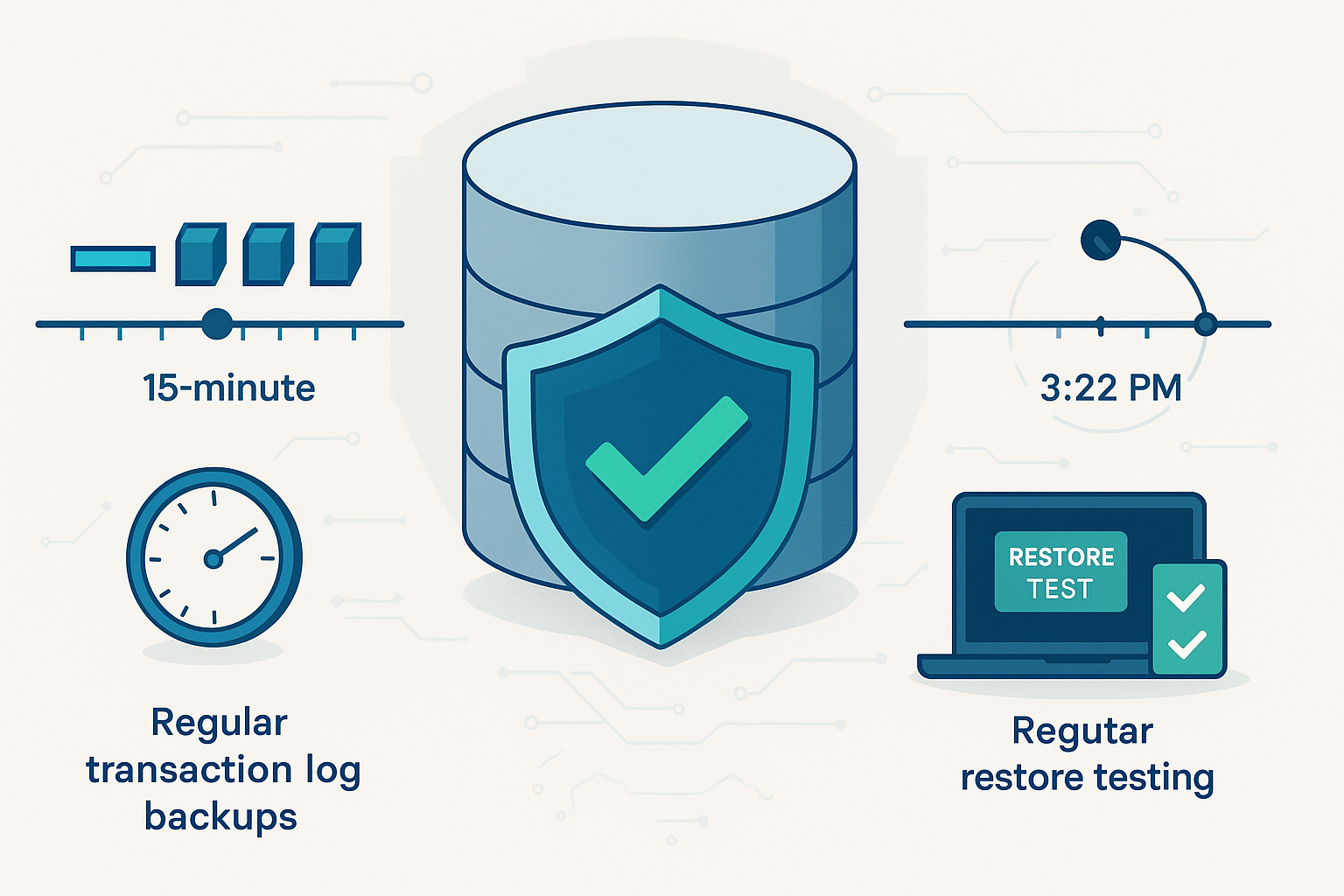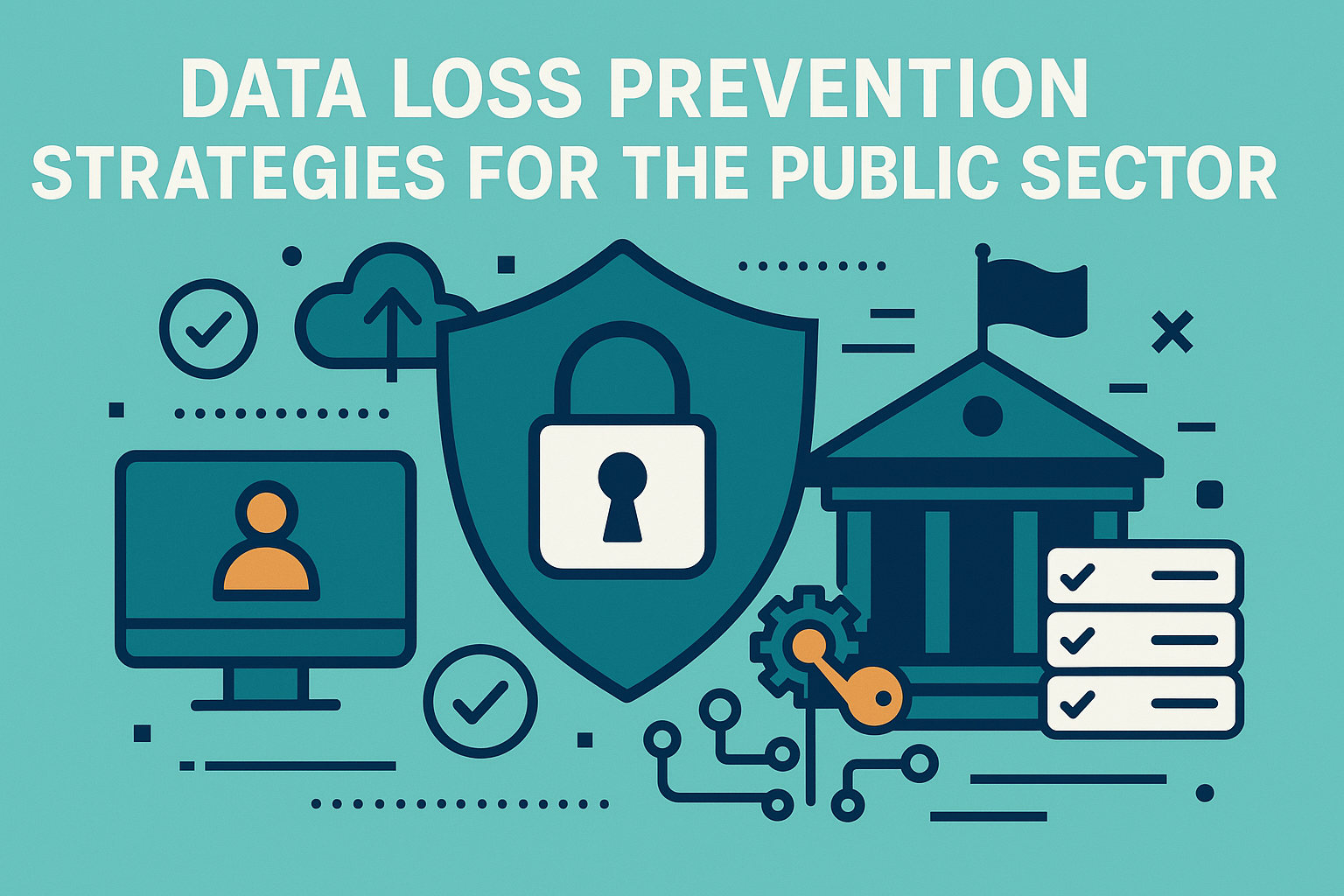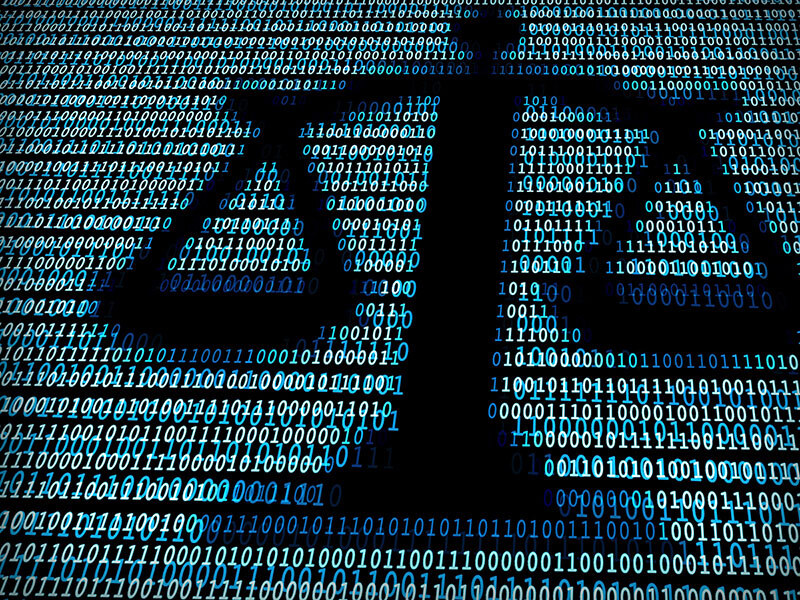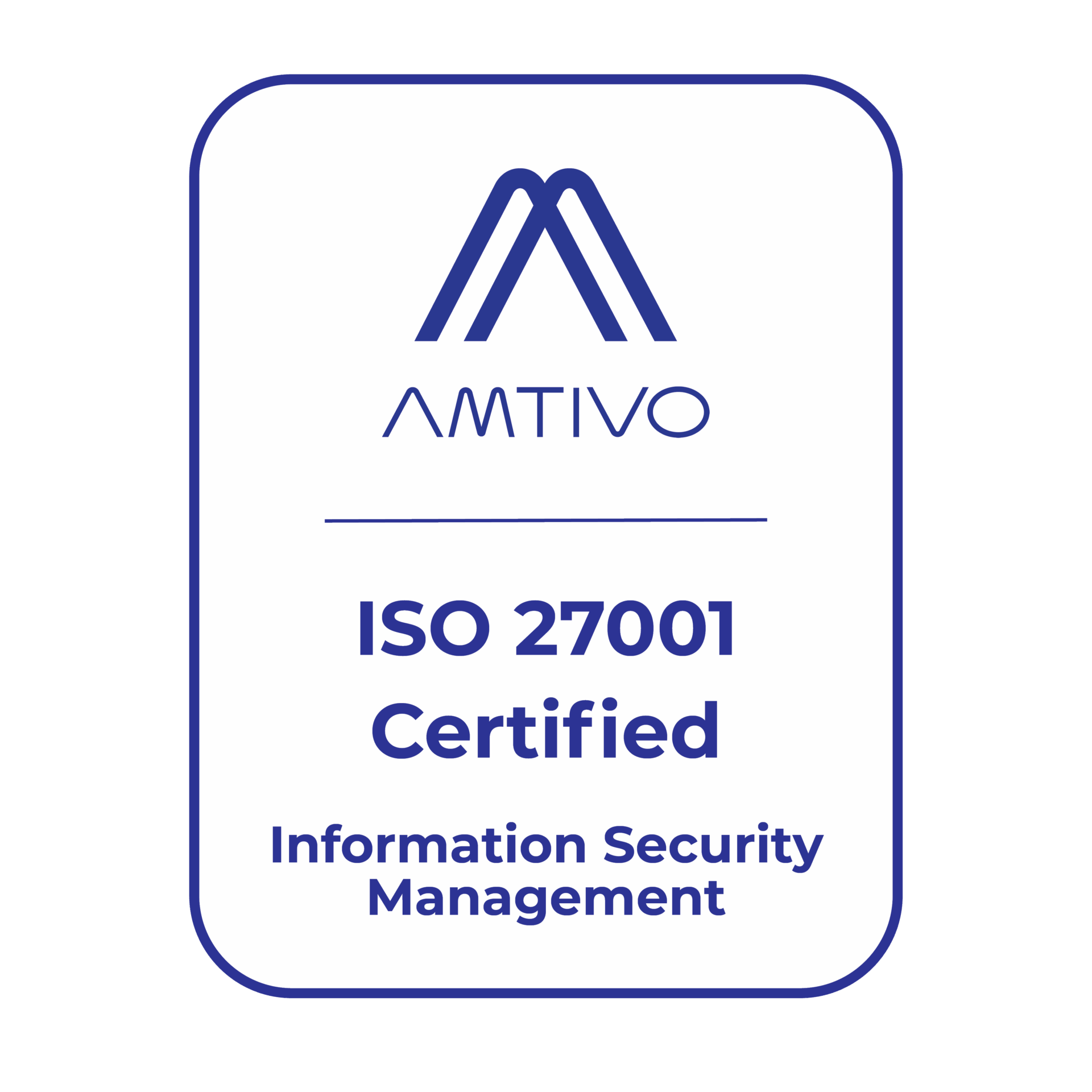DATA PROTECTION TRENDS, NEWS & BACKUP TIPS
Endpoint Backup and Security: Protecting Every Device in Schools and Mid‑Sized Organizations
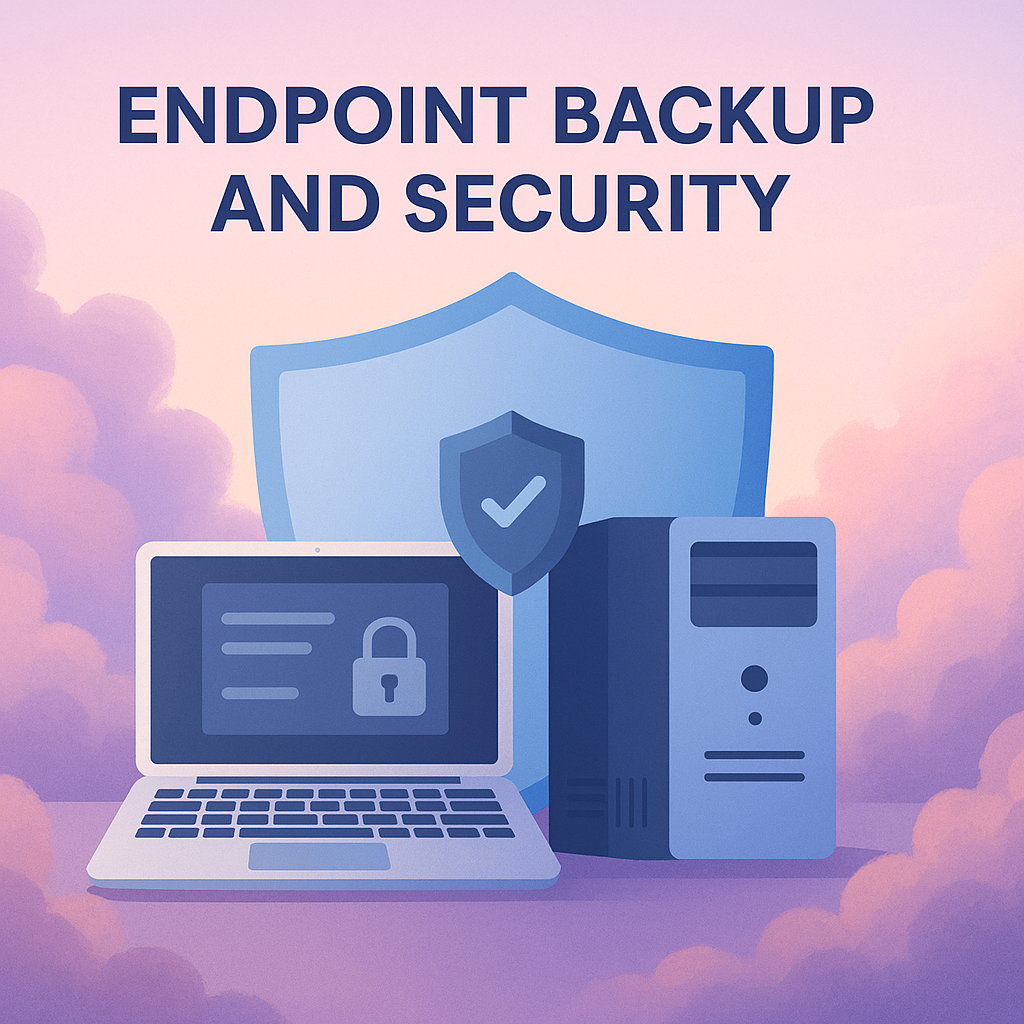
Schools and mid-sized organizations often have dozens or even hundreds of laptops and desktops in daily use by staff, teachers, and remote workers. In these environments, endpoint backup, the practice of backing up data stored on end-user devices, is a critical yet sometimes overlooked part of a data protection strategy.
With limited IT staff juggling many responsibilities, it’s easy to focus on servers and forget that employee laptops hold valuable (and often only) copies of data. This article explores how integrating endpoint backup into your overall data protection plan can safeguard those devices. We’ll discuss how solutions like Veeam’s endpoint backup features (or equivalent tools) can secure every endpoint by automatically backing up laptops and desktops to the cloud. The goal is to present a simple, trustworthy approach that empathizes with busy IT teams and provides peace of mind that every endpoint is protected.
The Challenge of Protecting Many Endpoints
For IT departments in education and mid-sized businesses, managing numerous endpoints is a daily challenge. Users create and store data on their desktops, laptops, tablets, and other endpoints, often outside the confines of central servers or file shares. In the era of remote and hybrid work, many of these devices operate on home or public networks and may rarely connect to the corporate LAN This poses several risks and challenges:
- Data outside the server room: Critical files (lesson plans, business spreadsheets, research data, etc.) might live only on a teacher’s laptop or an employee’s PC. If that device fails or is lost, the data could vanish unless there’s a backup. Endpoints are vulnerable to damage, theft, or user error (like accidental deletion).
- Remote work and roaming devices: When staff work from home or on the move, their devices may not get regularly backed up to on-premises systems. Traditional backup methods (like relying on users to upload files to a server) are not reliable, as one industry expert put it, “left to their own devices, employees will not reliably back up their own data”. An endpoint backup strategy must ensure that remote and mobile data is captured and sent offsite (e.g. to the cloud) automatically, with no user intervention required.
- Ransomware and malware threats: Endpoints are often the entry point for cyberattacks. A single faculty laptop infected with ransomware can result in encrypted files and potential spread to network shares. Indeed, endpoints have become a prime target, 64% of companies have experienced compromised data or infrastructure due to an endpoint attack such as ransomware. In schools, ransomware incidents have surged, and it’s considered almost inevitable that a K–12 district will have an endpoint infected at some point. Without backups, organizations face a bleak choice: pay the ransom or lose data. Having recent endpoint backups in place means you can restore the infected machine from a clean version, rather than ever considering paying an attacker.
- Compliance and data regulations: Schools handle sensitive student information, and businesses may hold personal customer data on endpoints. Losing this data can violate privacy laws and even jeopardize funding (for example, U.S. schools risk losing federal funds if they fail to protect student data). Endpoint backups that transmit data to secure, encrypted offsite storage help organizations meet data retention and protection requirements, from FERPA and HIPAA in education to GDPR and other regulations in business.
In short, endpoints are front-line assets for both productivity and risk. Any comprehensive data protection strategy must extend to these devices.
Integrating Endpoints into Your Data Protection Strategy
Endpoint backup shouldn’t exist in a silo, it needs to be part of the overall backup and disaster recovery plan. This means treating employee devices with the same care as servers or databases when it comes to regular backups, security, and recovery planning. Key steps to integrate endpoints into your strategy include:
- Adopt an Endpoint Backup Solution: Choose a solution (such as Veeam Agents, or similar) that is designed to automatically back up laptops and desktops. Modern endpoint backup solutions work silently in the background, collecting and transmitting data from employee devices to offsite cloud storage, without any end-user intervention. This ensures even a teacher working from home or a salesperson on the road is backing up to the cloud whenever they have an internet connection.
- Centralize Management and Monitoring: Busy IT admins don’t have time to manually check each PC. Look for a system that offers centralized management – a single console or portal where you can deploy backup agents, define policies, and monitor all endpoint backups at a glance. For example, Veeam’s Backup & Replication platform provides a unified console to manage backup agents across multiple workstations and locations. Central oversight means the IT team can quickly identify if any device hasn’t been backed up or if a backup failed, without physically touching each machine.
- Define Policies Consistent with Business Needs: Integrate endpoint backups into your existing backup schedules and retention policies. Determine how often endpoints should back up (daily incremental backups are common) and how long to retain those restore points. The goal is to meet your organization’s Recovery Point Objectives (RPOs) for user data. As with servers, you’ll want to balance recovery needs against storage costs. Many organizations opt for incremental backups on endpoints to minimize bandwidth and performance impact, rather than full backups every time. Modern solutions often include techniques like changed-block tracking or client-side deduplication to make backups efficient, so they don’t bog down the user’s device.
- Include Endpoints in Disaster Recovery Plans: Having endpoint backups means you can recover not just individual files, but entire systems if needed. Factor this into your DR strategy. For instance, if a critical employee laptop fails or is hit by ransomware, your plan might be to rebuild it from a backup image within a certain timeframe. Schools, for example, should ensure they can quickly rebuild ransomware-infected endpoints to a clean state so that classes or administration can continue with minimal disruption. The backups of endpoints should be tested periodically (just like server backups) to confirm you can restore data or even perform a full bare-metal recovery when necessary.
- Enforce Security and Compliance on Backups: Just as with other data, endpoint backups must be handled securely. Ensure your endpoint backup solution encrypts data in transit and at rest, especially since these backups will contain sensitive user files. Many solutions (including Veeam) offer encryption options to protect backup files. Also consider leveraging features like immutability for backup storage, this means once a backup is saved (especially in the cloud), it cannot be altered or deleted for a set period. Immutability guards against cybercriminals who might try to corrupt or erase backups. In fact, Veeam allows writing backups directly to immutable cloud object storage so that your copies are tamper-proof. This kind of integration ensures that endpoint backups uphold the same security standards as the rest of your data protection environment.
By incorporating these steps, endpoint data becomes a seamless extension of your data protection fabric. The end result is a holistic strategy where whether data lives on a server in a data center or on a teacher’s MacBook at home, it’s being reliably backed up and protected.
Veeam’s Endpoint Backup: A Simple and Trustworthy Solution
One prominent example of endpoint backup integration is Veeam’s endpoint backup capabilities, available via the Veeam Agent for Windows (and Agents for Linux/Mac) in conjunction with Veeam Backup & Replication. Veeam is known in the industry for its reliable backup of virtual machines and servers, and it extends that technology to physical endpoints as well. For organizations that already use Veeam for server backups, adding endpoint backups can be very straightforward – the endpoint agents can be managed under the same umbrella, fitting into your existing backup repository structure and policies.
Simplicity: Veeam’s endpoint backup is designed to be simple to deploy and use. In fact, Veeam offers a free edition of its Agent for Windows that anyone can use on PCs. According to Veeam, this free tool “provides a simple solution for backing up Windows-based desktops and laptops”, allowing you to easily back up a computer to an external drive, a NAS share, or a central Veeam repository. It’s built on the same proven technology as Veeam’s flagship enterprise backup software, which means even the free version benefits from Veeam’s reliability and performance optimizations. This is reassuring for small school districts or mid-size companies with tight budgets, you can start protecting endpoints without a huge investment or complexity barrier. And as your needs grow, the same agent can be centrally managed by Veeam Backup & Replication, scaling up to handle more devices and giving more advanced features.
Cloud Backup and Mobility: Veeam explicitly supports cloud-focused endpoint protection scenarios. They describe their approach as “Backup as a Service for Endpoints,” highlighting that you can configure backups directly to cloud storage, use a local cache for efficiency, and even resume interrupted backups when a device reconnects. Those “laptop on the move” features are tailored for our new world of remote work. For example, if a faculty member’s laptop is offline for a week on summer break, it can still perform backups to a local cache, then automatically upload those to the cloud repository once it’s back online, no manual steps needed. Veeam also supports writing endpoint backups to object storage with immutability, which, as noted earlier, is a key defense against ransomware (attackers can’t delete the backups). In short, Veeam’s solution is cloud-ready and built to ensure remote or mobile data is always backed up to the cloud securely, meeting the needs of distributed teams.
Recovery and Trustworthiness: Veeam’s backup format allows a lot of recovery flexibility. With a Veeam endpoint backup, IT can do a bare-metal restore of a crashed device, or even instantly boot the backup image as a VM to let the user work from a virtual machine while their hardware issue is resolved. Veeam’s agent supports instant VM recovery and direct restore to Azure/AWS, meaning a failed laptop could be “recovered” into a cloud VM in minutes. This can be a lifesaver if, say, an executive’s laptop dies right before a big presentation, IT could quickly spin up the backup image on a hypervisor or cloud and the user can remotely access it to get what they need. Additionally, the agent’s integration with Veeam’s platform means backups are reliable and consistent. Veeam uses image-based backup technology, change block tracking, and other mechanisms to ensure backups complete successfully and data is application-consistent where possible.
How CyberFortress and Veeam Simplify Endpoint Backup
At CyberFortress, we’ve seen firsthand how challenging it can be for IT teams to manage hundreds of laptops, desktops, and remote devices across growing organizations. That’s why we’ve partnered with Veeam to deliver endpoint backup and recovery that fits seamlessly into your broader data protection strategy.
Our managed service includes:
- Veeam Agent for Microsoft Windows and Linux to protect individual workstations and servers
- Centralized backup policy management so you can control endpoints across locations from a single interface
- Secure cloud storage for offsite protection and recovery
- Fast, flexible recovery options for full system restores or individual files
- 24×7 expert support from our CyberFortress recovery specialists
Whether you’re looking to fill a gap in your current backup strategy or reduce the burden on your internal team, our solution helps ensure that every device is protected, no matter where it’s being used. Reach out to a CyberFortress Endpoint Backup expert to learn more.
